Forest Growth for Profitability of Measures to Increased
- September 13, 2024
- 0 comment
The demand for sustainable environmental practices has led to a growing focus on enhancing forest growth, not only for ecological balance but also for its economic benefits. Forests act as carbon sinks, regulate water cycles, support biodiversity, and provide raw materials for industries like timber and paper.
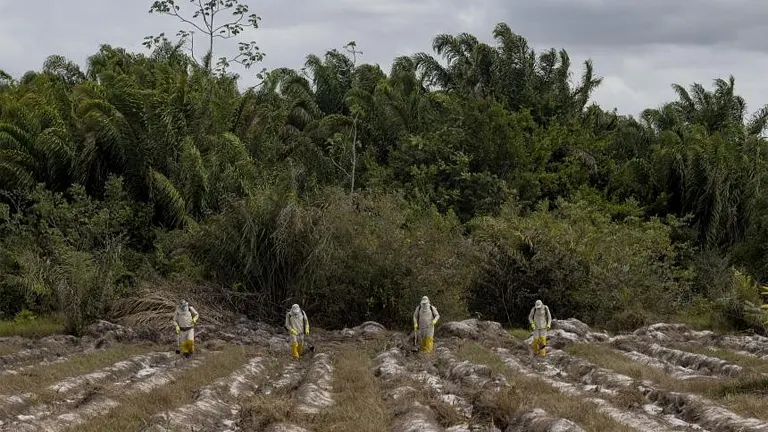
However, improving forest growth requires investments in land, labor, technology, and knowledge. Determining the profitability of these measures is critical, as stakeholders from both public and private sectors need to weigh the economic returns against the costs of implementation.
The various strategies to increase forest growth are examined, along with an assessment of the associated costs and benefits, and a discussion on how profitability can be measured within forestry management. Drawing on insights from the study “Profitability of Measures to Increase Forest Growth,” key economic, environmental, and operational aspects of forestry investments are explored.
Table of Contents for Profitability of Measures to Increase Forest Growth List:
- Factors Influencing Forest Growth
- Common Measures to Increase Forest Growth
- Cost Considerations in Forest Growth Measures
- Benefits of Increasing Forest Growth
- Economic Metrics for Evaluating Profitability
- Challenges and Risks in Implementing Growth Measures
Forest Growth: Definition and Importance
Forest growth refers to the increase in tree biomass and forest cover over time. This is measured in terms of volume, area, or carbon sequestration, and it’s a key indicator of forest health and productivity. Healthy forests contribute to:
- Carbon sequestration: Absorbing CO₂ and mitigating climate change.
- Biodiversity: Providing habitats for various species.
- Water regulation: Influencing rainfall patterns and protecting watersheds.
- Economic returns: Supplying timber, paper, and other resources.
Given its multifunctionality, enhancing forest growth is seen as a priority for both ecological sustainability and economic profitability.
1. Factors Influencing Forest Growth
To understand how forest growth can be improved, it’s essential to recognize the factors that influence it:
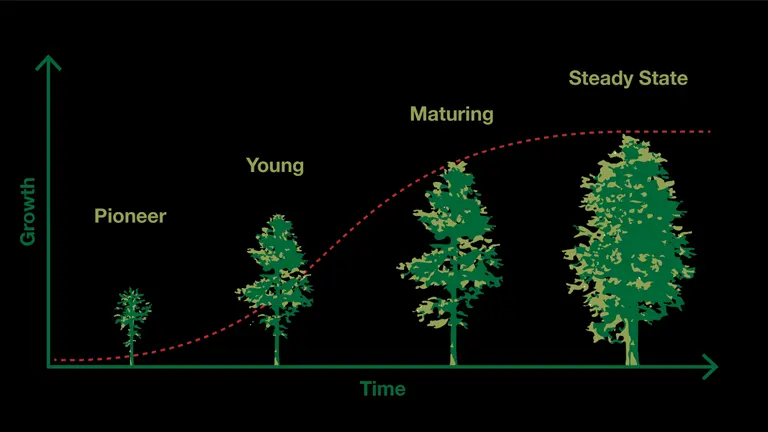
- A. Soil Quality and Fertility: Forests rely on nutrient-rich soil for optimal growth. Practices such as soil management, fertilization, and reducing deforestation can significantly impact tree growth rates. Some regions may require additional investment in soil conditioning to support tree vitality.
- B. Climate Conditions: Temperature, rainfall, and atmospheric conditions play a crucial role in forest productivity. While these factors are largely uncontrollable, adaptive management strategies—such as selecting climate-resilient tree species—can boost forest health.
- C. Forest Management Practices: Silviculture, the practice of controlling forest composition and structure, directly affects growth rates. Regular thinning, selective logging, and planned planting cycles help forests grow more efficiently.
- D. Species Selection: Choosing tree species that are adapted to the local climate and soil conditions maximizes growth potential. Some species grow faster and provide quicker returns, making species selection an economic consideration.
2. Common Measures to Increase Forest Growth
Several measures are commonly employed to increase forest growth, ranging from active management to advanced technological applications. These include:
| Measure | Estimated Costs | Expected Benefits |
|---|---|---|
| Thinning & Pruning | Moderate labor costs | Increased tree growth, improved timber quality, reduced competition |
| Fertilization | Costs for fertilizers & application | Enhanced soil fertility, faster tree growth, higher yields |
| Reforestation | High upfront costs for land & seedlings | Restores degraded land, long-term timber production, carbon sequestration |
| Afforestation | High initial costs (land, seedlings) | Establishes new forests, carbon credits, long-term environmental benefits |
| Genetic Improvement | Research and development costs | Disease-resistant, fast-growing trees, higher productivity |
- A. Thinning and Pruning: Selective removal of weaker or overcrowded trees allows more sunlight, water, and nutrients to be available for the remaining, stronger trees. This practice leads to improved growth rates of the dominant trees, enhancing both timber quality and carbon storage.
- B. Fertilization: Adding nutrients to forest soil can help counteract deficiencies that limit tree growth. However, fertilization must be balanced to avoid negative environmental impacts, such as soil acidification or water contamination.
- C. Reforestation and Afforestation: Planting trees in deforested or barren areas is an active measure to restore forest cover. While the costs of seedlings, labor, and land acquisition can be substantial, the long-term economic and environmental benefits are significant, particularly in regions with degraded ecosystems.
- D. Genetic Improvement of Tree Species: Research into genetic improvements has enabled the development of tree species that grow faster, are more resistant to disease, and can thrive in less-than-ideal conditions. These advanced species can provide a higher yield and greater profitability for forestry projects
3. Cost Considerations in Forest Growth Measures
Increasing forest growth involves various direct and indirect costs that must be carefully calculated to assess profitability.
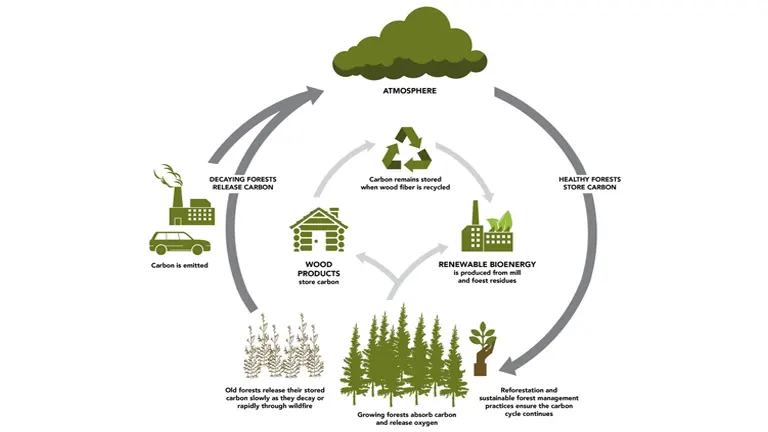
| Cost Type | Description | Typical Impact |
|---|---|---|
| Initial Investment Costs | Land acquisition, seedling purchase, infrastructure setup | High upfront costs, essential for starting growth measures |
| Ongoing Maintenance Costs | Labor, thinning, fertilization, pest control | Recurring costs that ensure forest health and productivity |
| Opportunity Costs | Foregone potential revenue from alternative land uses | May be high, depending on land’s alternate uses (e.g., agriculture) |
| Environmental Compliance Costs | Costs related to meeting regulatory and sustainability standards | Can vary, potentially high in regions with strict regulations |
| Risk Management Costs | Insurance, climate adaptation measures | Moderate, but necessary to mitigate risks like fire or pests |
- A. Initial Investment Costs: Land preparation, purchasing seedlings, and setting up infrastructure such as irrigation systems or access roads are significant upfront expenses. In reforestation projects, securing land for planting and dealing with legal issues related to land use can also drive up costs.
- B. Ongoing Maintenance Costs: Forests require regular monitoring, thinning, fertilization, and pest control, which incurs recurring expenses. Labor costs are particularly high in regions with strict environmental regulations, where more oversight is required.
- C. Opportunity Costs: Land used for forestry projects might be utilized for other profitable ventures, such as agriculture or real estate development. Forest managers must weigh the opportunity costs of dedicating land to long-term forestry investments, especially in regions where forest growth is slow.
4. Benefits of Increasing Forest Growth
While the costs are substantial, the long-term benefits often outweigh them, contributing to the overall profitability of forest management practices.
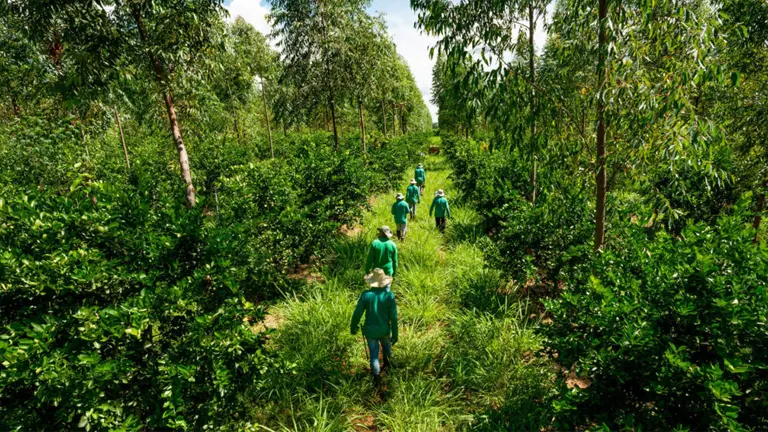
- A. Enhanced Carbon Sequestration: As the world grapples with climate change, carbon credits provide a financial incentive for countries and companies to invest in forest growth. Forests that capture large amounts of CO₂ can generate revenue through carbon trading markets, enhancing the financial returns of forestry projects.
- B. Increased Timber Yield: Thicker, healthier trees yield more timber, which can be harvested and sold in the market. Sustainable forest management practices ensure a steady supply of timber over time, creating long-term revenue streams for forest owners and managers.
- C. Ecosystem Services: Forests provide a range of ecosystem services, including water filtration, erosion control, and habitat protection. While these services do not always have direct financial value, they contribute to overall societal well-being, reducing costs related to environmental degradation.
5. Economic Metrics for Evaluating Profitability
To assess the profitability of measures taken to increase forest growth, several key economic metrics are used:
| Economic Metric | Formula | Description |
|---|---|---|
| Net Present Value (NPV) | NPV = ∑ (Cash Inflows – Cash Outflows) / (1 + r)^t | Calculates the current value of future cash flows, adjusting for the time value of money. A positive NPV indicates profitability. |
| Internal Rate of Return (IRR) | IRR = The discount rate where NPV = 0 | Measures the annual return on investment. If IRR is higher than the cost of capital, the investment is profitable. |
| Cost-Benefit Ratio (CBR) | CBR = Total Benefits / Total Costs | Compares the benefits to the costs. A ratio greater than 1 signifies that benefits outweigh costs. |
| Payback Period | Payback Period = Initial Investment / Annual Cash Inflows | The time it takes to recover the initial investment from cash inflows. Shorter periods are preferable. |
| Return on Investment (ROI) | ROI = (Net Profit / Investment Cost) x 100 | Measures the percentage return on an investment, showing overall profitability. |
- A. Net Present Value (NPV): NPV assesses the profitability of forest management investments by discounting future revenues and costs to their present value. A positive NPV indicates that the measures taken will generate more economic benefits than costs over time.
- B. Internal Rate of Return (IRR): IRR is another profitability measure that helps investors determine whether the growth-enhancing measures provide returns higher than the cost of capital. An IRR above the required rate of return suggests that the investment is worthwhile.
- C. Cost-Benefit Ratio: By comparing the total costs of implementing forest growth measures to the benefits obtained, the cost-benefit ratio provides a simple metric for decision-making. If the ratio is greater than 1, the benefits exceed the costs, making the investment profitable.
6. Challenges and Risks in Implementing Growth Measures
While there are numerous benefits to increasing forest growth, several challenges can impact profitability:
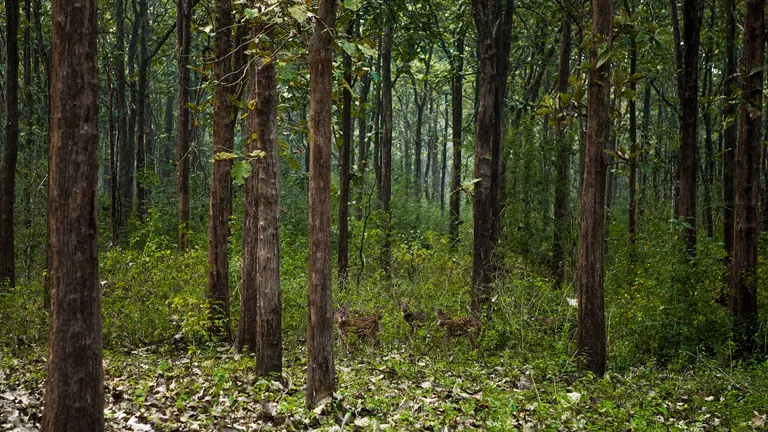
- Market Volatility: Timber prices fluctuate based on demand, geopolitical factors, and market access. This volatility can make it difficult for forest managers to predict future revenues, leading to financial risk.
- Environmental Uncertainty: Climate change poses a significant threat to forestry, with unpredictable weather patterns, increased pest outbreaks, and the risk of wildfires. These factors can undermine forest growth and reduce the profitability of long-term forestry investments.
- Regulatory Hurdles: Forestry operations are subject to a range of environmental regulations designed to protect ecosystems and biodiversity. Compliance with these regulations can increase operational costs and limit the scalability of certain forestry projects.
Final Conclusion
The profitability of measures to increase forest growth depends on a careful balance of costs and benefits. While the initial investments in land, labor, and resources can be significant, the long-term rewards—ranging from timber production to carbon credits—often justify the expenditures. Additionally, improving forest growth yields substantial environmental benefits, enhancing ecosystems and contributing to climate change mitigation.
In conclusion, strategic planning, species selection, and adaptive management practices can significantly enhance forest growth and ensure that these efforts remain economically viable in the long term. By assessing the full economic, environmental, and social impacts, forest managers can make informed decisions that maximize profitability while promoting sustainable development.
Frequently Asked Questions (FAQs)
- What are the most common strategies to increase forest growth?
The most common strategies include thinning and pruning, fertilization, reforestation and afforestation, and genetic improvement of tree species. These techniques help enhance tree growth rates and improve overall forest health. - How does thinning improve forest growth?
Thinning involves removing weaker or overcrowded trees to allow more resources—such as sunlight, water, and nutrients—to reach the remaining trees. This results in healthier trees with improved growth rates, making the forest more productive. - What is the role of fertilization in forest management?
Fertilization helps to improve soil fertility by adding essential nutrients that trees need to grow. It’s particularly useful in nutrient-poor soils, but must be managed carefully to avoid environmental damage, such as soil acidification or water contamination. - How does reforestation differ from afforestation?
Reforestation refers to planting trees in areas where forests have been cut down or degraded, while afforestation is the process of planting trees in areas where no forest previously existed. Both contribute to increasing forest cover and growth. - What factors influence the profitability of forest growth measures?
Profitability is influenced by factors such as the initial investment costs, ongoing maintenance expenses, opportunity costs, and future revenues from timber sales or carbon credits. Additionally, market volatility and environmental uncertainties can affect profitability. - How can profitability be measured in forestry investments?
Profitability in forestry can be measured using economic metrics like Net Present Value (NPV), Internal Rate of Return (IRR), and cost-benefit ratios. These tools help determine if the economic returns from forest growth exceed the costs of investment over time. - What are the long-term benefits of increasing forest growth?
Long-term benefits include enhanced carbon sequestration, increased timber yield, improved ecosystem services (such as water regulation and habitat protection), and the potential for generating revenue through carbon credits and sustainable forestry practices. - What are the main challenges to implementing forest growth measures?
Challenges include high initial costs, market volatility in timber prices, environmental uncertainties (such as climate change and pest outbreaks), and strict environmental regulations that can increase operational costs and complexity. - How does carbon sequestration impact the profitability of forest growth?
Forests that capture significant amounts of carbon dioxide can generate revenue through carbon credit markets. This makes carbon sequestration an important factor in the financial returns of forest growth projects, particularly as demand for carbon offsets increases. - Why is species selection important for increasing forest growth?
Choosing the right tree species is crucial, as some species grow faster, are more resilient to local climate conditions, or have higher market value. The right species can maximize forest productivity and profitability while minimizing risks from disease or adverse weather.
We hope this guide has offered valuable insights into the profitability of measures aimed at increasing forest growth and their broader economic and environmental impacts. Have personal experiences with forestry management or ideas on how to improve forest growth initiatives? Share your thoughts and join the conversation below. Your input can help others understand the financial and ecological importance of sustainable forestry practices. Don’t forget to share this guide with those interested in preserving our forests and investing in sustainable growth for a better future.
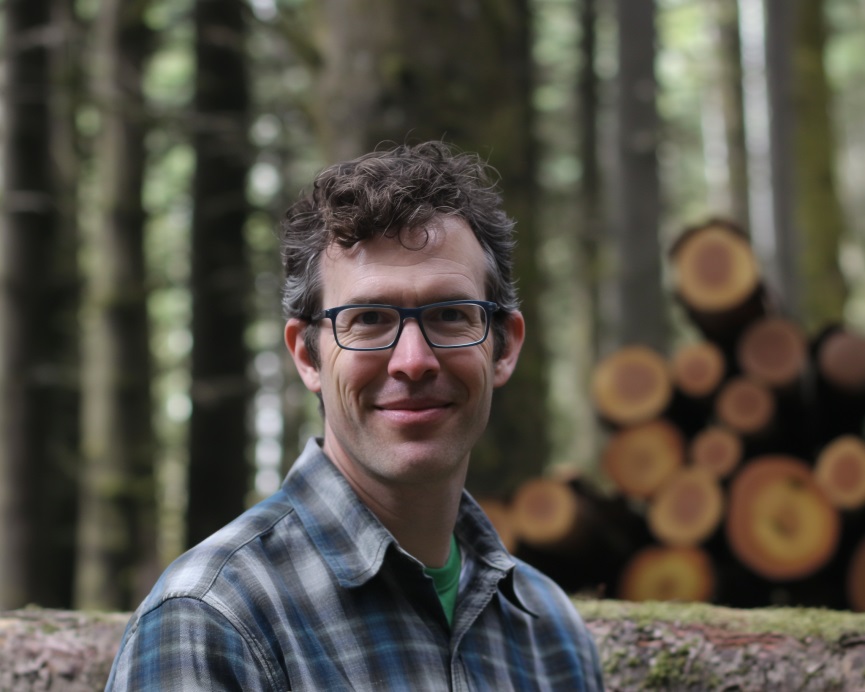
James Wilson
Forestry AuthorJames Wilson has over 15 years of experience in forestry economics, specializing in sustainable practices, investment opportunities, and financial management. He has contributed to notable publications like "Forestry Today" and "EcoFinance Journal" and is known for providing practical and insightful advice. With a degree in Environmental Economics, James stays updated through continuous learning and active participation in industry discussions. Outside work, he enjoys hiking and nature photography, bringing a well-rounded perspective to his professional role.

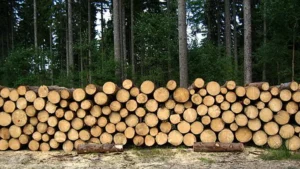
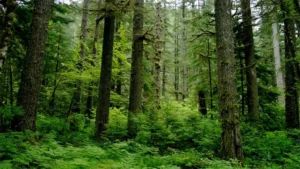
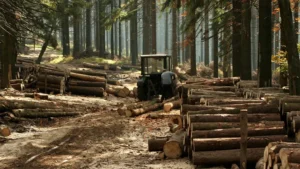


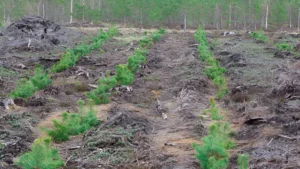
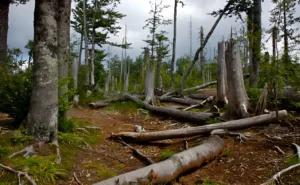
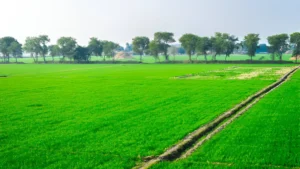
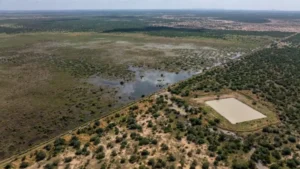

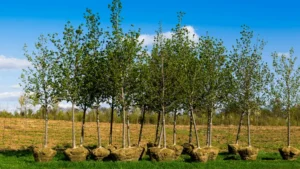

Leave your comment